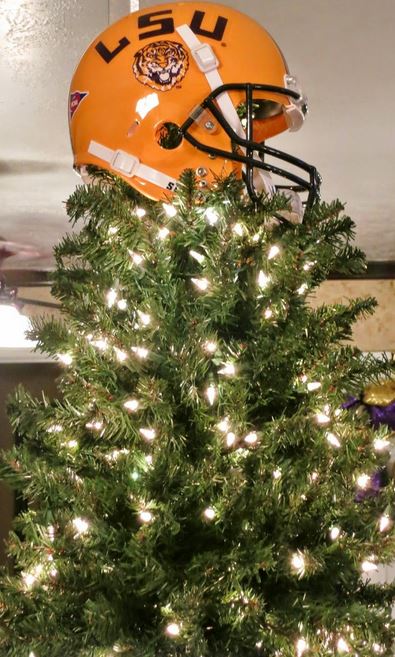Podcast: Play in new window | Download
Subscribe: RSS
The majority of the country is, quite literally, in the freezer for this Christmas weekend.
The Pacific Northwest has ice and snow. Airplane cancellations are piling up. The middle 2/3 of the US (including the Gulf Coast) is below freezing – for high temperatures! The frigid air has barged its way into the East Coast bringing yet another abominable snow storm to Buffalo and other cities this weekend.
Isn’t it great?!!
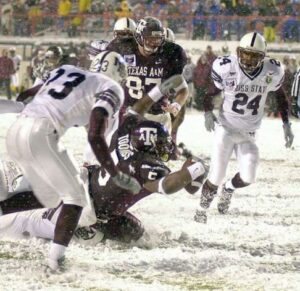
My hometown of Shreveport hosted the coldest Independence Bowl in its 46-year history on Friday. By the way, I warned you about the unpredictable Indy Bowl weather in my bowl predictions just two weeks ago!
Though 25,000 tickets were sold for the contest between the University of Houston and the Ragin’ Cajuns of UL-Lafayette, you could nearly count the estimated crowd of 4,000 frozen souls who braved afternoon temperatures hovering around 20 degrees with a near-zero wind chill in North Louisiana.
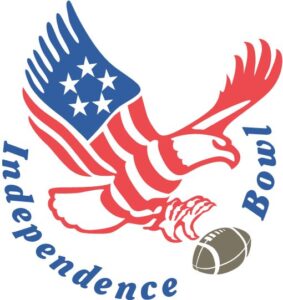
The ESPN television crew said that the Independence Bowl was the second coldest game which the Houston Cougars (who won the game 23-16) had played in since a visit to South Bend, Indiana to play Notre Dame many years ago.
Yes, it was that cold in Shiver-eveport’s W-Indy Bowl on Friday!
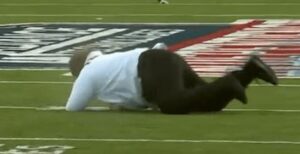
If you missed the game, the University of Houston’s assistant football equipment manager named “Hawk” put on his own show. A large young man (who resembled Chris Farley from TV’s “Saturday Night Live”) ran onto and off the football field to retrieve the kicking tee after the Cougars kick-offs. His acrobatic tumbling coming off the field was worth the price of admission!
The night before, Fort Worth, Texas hosted the even more frigid Armed Services Bowl. The Air Force Academy tackled the Baylor Bears. With an air temperature of 11 degrees and a blustery north wind sending the wind chill below zero, the smidgen of fans who braved the elements to watch this game were huddled (and shivering) under blankets.
This late December bowl match-up in Fort Worth marked the coldest game in which the Baylor Bears had ever participated in. Air Force (which, ironically rarely attempted an airborne pass in this game) was victorious by a 30-15 final score.
ESPN is either the hero (if you like watching a game nearly every day for three weeks) or the villain (if you purchased in-stadium tickets) for games being played in conditions like this.
The network knows that there is an ample supply of potential advertisers wanting to pitch their wares to holiday shoppers prior to and just after Christmas.

The network controls and underwrites nearly every one of the 41 college football bowl games.
ESPN tells each bowl game when their game day is and its kick-off time.
Each bowl game has to raise enough cash to order to insure a payout to the two participating teams who have their own expenses to pay. In many cases, a bowl game appearance will ultimately cost the university more money than the bowl pays to the participating team.
ESPN’s direct or indirect financial support helps cover a significant portion of the bowl’s operating costs.
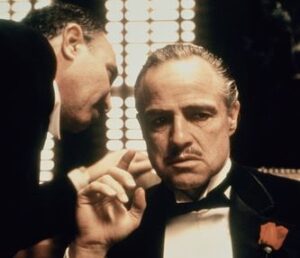
In return, ESPN tells its holiday advertisers that they are able to deliver a million television viewers for even these smaller bowl games. The network then sells well over an hour’s worth of television spots per game.
That’s why it’s a good idea to walk the dog or cook a meal during ESPN’s overly long halftime breaks during bowl games. If you’re bored, stay and count the number of halftime commercials!
Meanwhile, the NFL is getting into the Christmas weekend action, too. The slate of Christmas Eve NFL games features an assortment of frigid playing conditions in several markets – primarily those not named Florida.
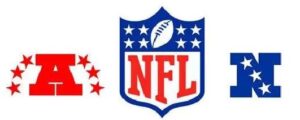
The greed of the NFL (all parties – the team owners, players, and, especially, television) is to blame.
With an extended regular season to generate even more cash, season ticket holders have now become nearly irrelevant. With all of the increased television revenue pouring in, the season continues to be stretched further into winter. Ticket-buying fans are being forced to deal with the brutal outdoor weather conditions which are, by the way, the norm for late December and January.
The NFL’s regular season has grown from 14 games a few decades ago to 16 and now 17 games. The regular season (which formerly ended in mid-December) will end on January 8.
I doubt you would be surprised that NFL owners are pushing for an 18-game regular season by 2025.
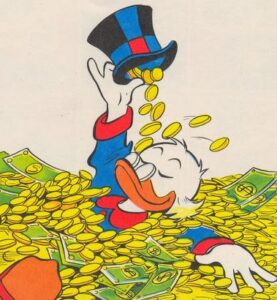
The NFL’s new 17-game regular season has seen the expected rise in injuries. The game is being played by increasingly larger, faster, and stronger players. The two finalists which meet in the Super Bowl are usually two of the teams which suffered the fewest key injuries.
As long as ten million or more fans are willing to watch televised NFL games from home every week, the league and its TV partners will gladly keep stretching the pro football season.
Not to be forgotten, the NBA wants your love (and eyeballs) for Christmas, too!
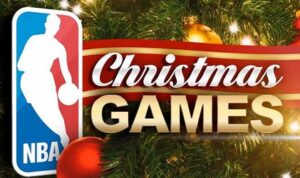
On Christmas Day Sunday, the NBA takes the stage for its annual reminder that pro basketball has already been underway since October. While the rest of America celebrates this holiday, the NBA will trot out five games in a row to give sports-starved home viewers something to watch.
Though the NBA’s players might prefer to be at home with their families, the league utilizes this opportunity to trot out your favorite teams and players every Christmas Day.
I don’t know about you, but I’d be AOK allowing LeBron James, Kevin Durant, Chris Paul, and the rest of the NBA players to take the day off with their own families.
However, the NBA’s marketing folks recognize that the day after Christmas is the second-heaviest retail day of the year. Advertisers are quite eager to reach this male-dominated television segment who will watch nearly ANY televised sport on Christmas Day.
Sorry, NBA players. The league’s owners, players, and television partners have deemed playing on Christmas Day far too important. Though NBA players may not like having to play ball on Christmas Day, they aren’t willing to take a pay cut to end this, either.
Have you noticed a trend in this story?
Whether it is college football bowl games, NFL games, or even the NBA, the increasing revenue being supplied by television contracts is significantly changing the sports landscape.

In-person fans are still welcome and encouraged to show up and support these events – regardless of the weather conditions. Just a few decades ago, the ticket-buying public was a major revenue component when covering the costs of sporting events.
Not anymore.
Increased competition from television networks and, more recently, internet-based competitors such as Amazon Prime and You Tube Television has skyrocketed revenues going to professional and college athletics.
At some point soon, I won’t be surprised if many of the current outdoor settings for college football bowl games (such as Friday’s Independence Bowl) moved to a more fan-friendly holiday environment.
With the right type of financial inducement, ESPN and host cities might broker a deal to utilize indoor football facilities in markets such as New Orleans, Dallas, Houston, Atlanta, Indianapolis, and others to play at least one bowl game per week during the holiday season. New Orleans already has two such games (the New Orleans Bowl and Sugar Bowl).
Rather than haul its equipment and staff to cities such as Fort Worth, Shreveport, and Myrtle Beach (to name a few), ESPN could save money on its production costs by centralizing bowl game locations to just a few indoor (or south Florida) football venues.
It’s certainly something to keep an eye on as this television-dominated decade progresses.
For now, though, it’s time for a holiday cup of hot chocolate (or whatever cheers you up and keeps you warm)!

Ho-Ho-Ho! Merry Christmas to all!

